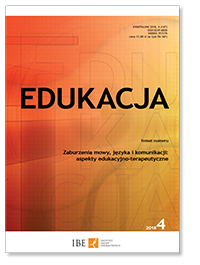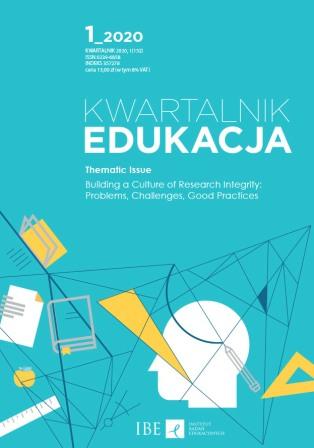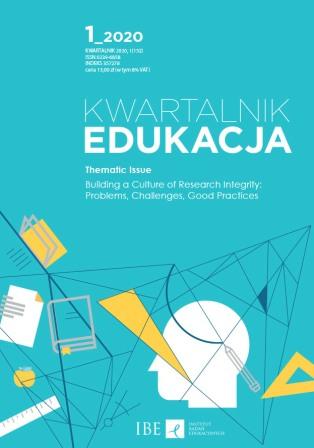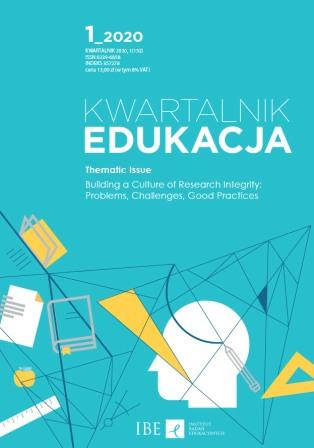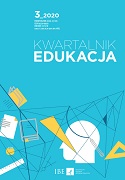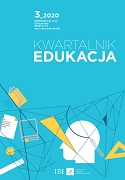
Teaching or research? An analysis of teaching and research efficiency in Polish public universities
Teaching or research? An analysis of teaching and research efficiency in Polish public universities
Keywords: economics of education; efficiency; DEA; public higher education institutions
The article presents an efficiency evaluation for teaching and research in Polish institutions of higher education. Thirty one public universities in Poland were studied using the nonparametric DEA method from 2001 to 2008. Teaching outcomes were evaluated by the numbers of full-time and part-time graduates, while research activities were assessed by number of publications, citations and value of research grants. The scores for teaching and research efficiency were negatively correlated, which could indicate a trade-off between teaching and research activities.
More...




